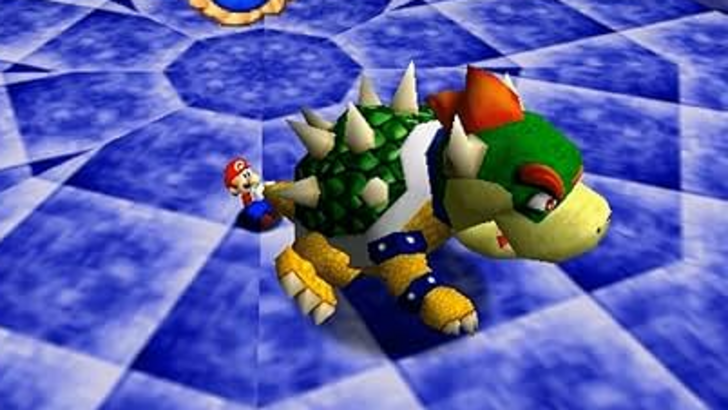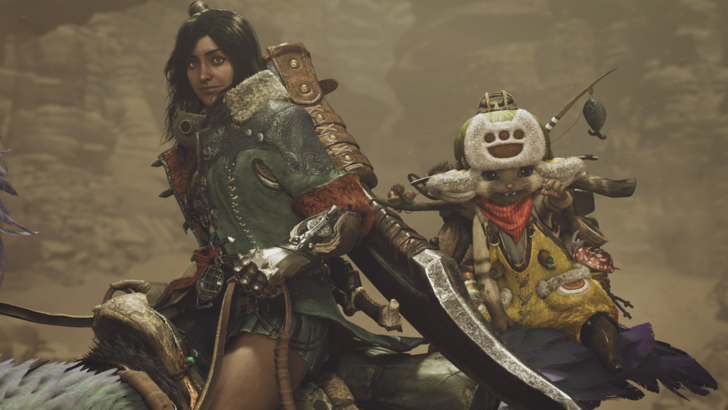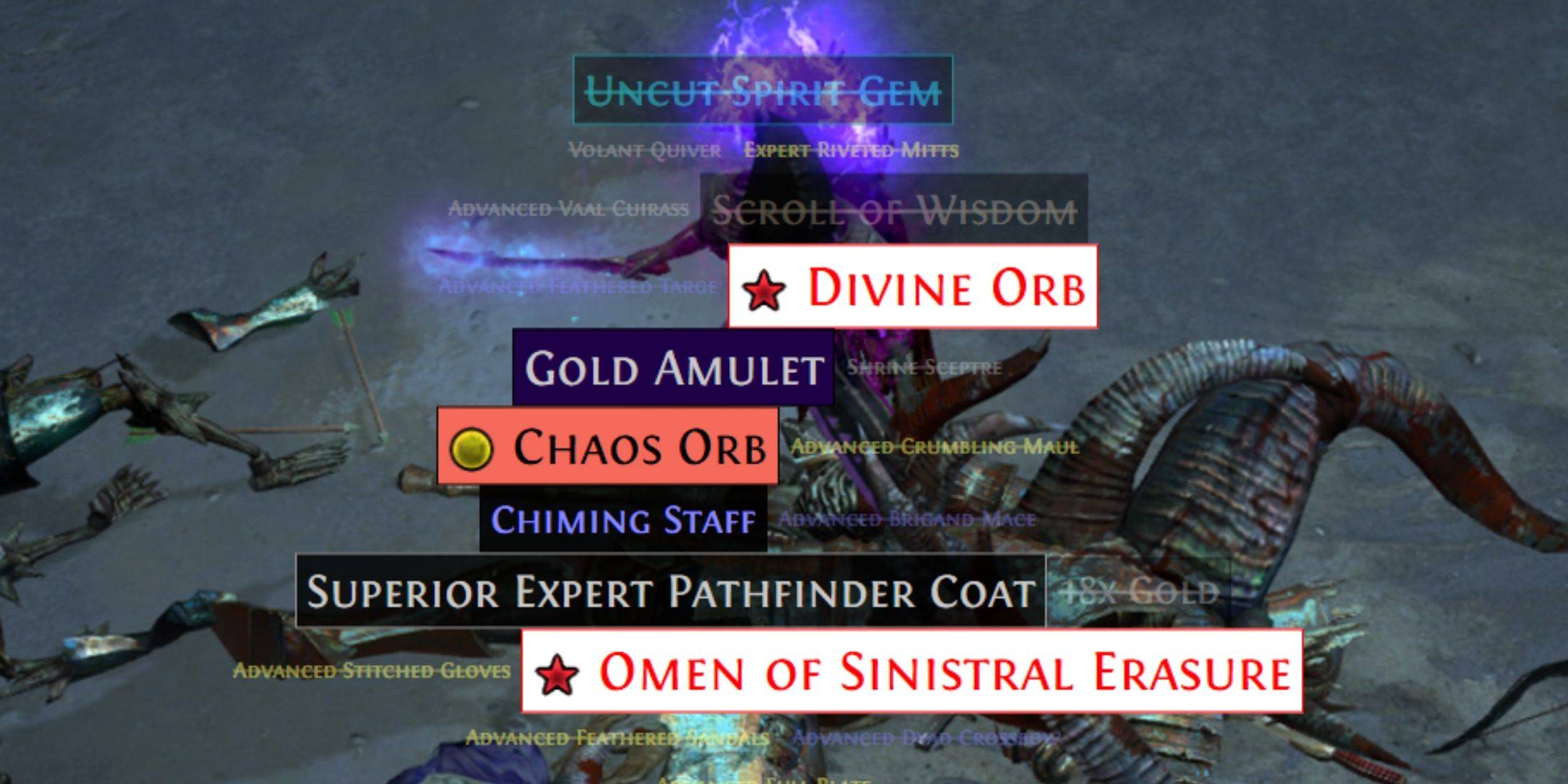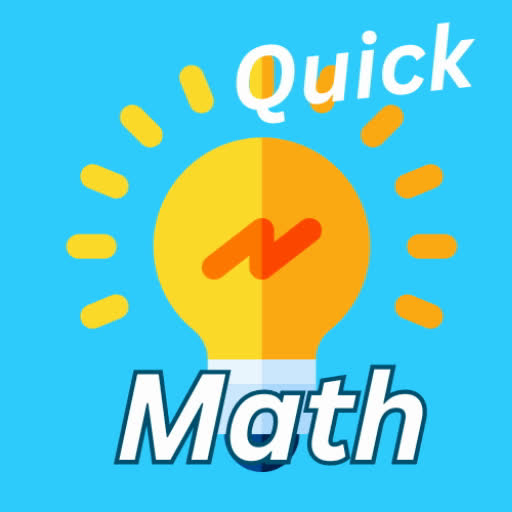After having the opportunity to preview The Outer Worlds 2, it's evident that Obsidian Entertainment is doubling down on creating a richer RPG experience. While the original game was more accessible with simplified mechanics and character progression, the sequel pushes players towards greater individuality and encourages unconventional playstyles. This isn't just complexity for its own sake; The Outer Worlds 2 invites players to experiment, specialize, and perhaps even revel in their quirky choices.
Design director Matt Singh emphasized the team's focus on incentivizing players to explore various builds, both conventional and unconventional. "We're looking for ways to incentivize the player to experiment with different builds, either traditional or non-traditional," Singh stated, highlighting how Skills, Traits, and Perks interact to create unique gameplay synergies. This was showcased in an exclusive 11-minute gameplay snippet, featuring new elements like gunplay, stealth, gadgets, and dialogue. In this IGN First exclusive coverage, we delve into the revamped systems and what players can expect from them.
Rethinking the Skill System
Lead systems designer Kyle Koenig reflected on the first game's approach, noting, "We would often see characters good at everything, which by the end of the game, minimized your personal experience with your character." To address this, Obsidian has shifted from the original's grouped Skill categories to individual Skills that offer more distinct effects. "We wanted to focus on making each individual level-up and investment really important," Koenig explained. This change allows players to specialize more deeply, such as focusing on firearms and medical devices, by understanding exactly which Skills to prioritize.
Singh added that the new system supports a broader range of player profiles, beyond traditional stealth, combat, or speech builds. "There's more than just a traditional stealth-focused build, combat-focused build, or speech-focused build," he said, suggesting that Skills like Observation can reveal hidden elements in the game world, opening up new paths and interactions.
The Outer Worlds 2 Character Creation - Screenshots
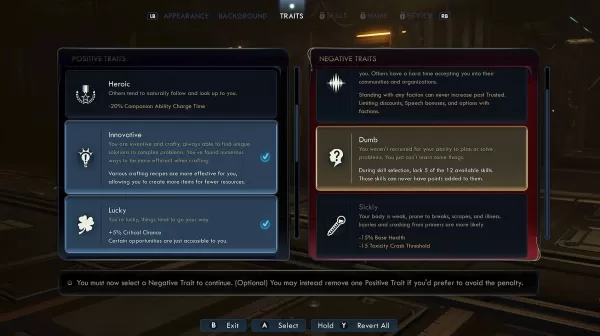
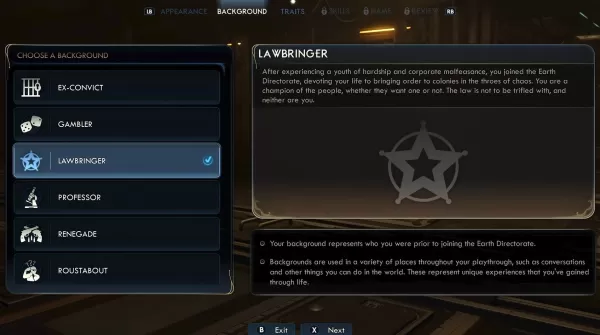
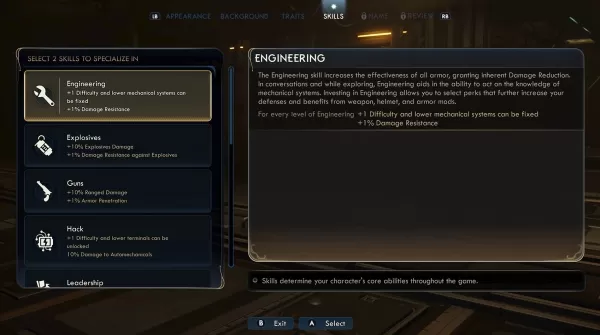
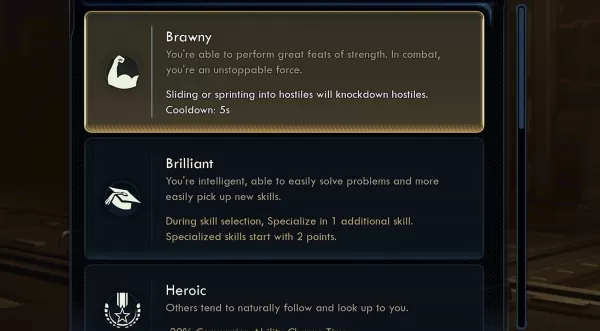
This shift in the Skill system aims to foster greater diversity in character builds, particularly when integrated with the revamped Perks system.
The Perks of Getting Experimental
Obsidian's focus on specificity and unique playstyles is evident in the expanded Perks system, which now includes over 90 Perks. "We've significantly increased the number of Perks with over 90 of them – each of those requiring various Skills to unlock," Koenig explained. He highlighted Perks like Run and Gun, which enhances mobility with firearms, and Space Ranger, which affects dialogue and damage based on the Speech stat.
Singh pointed out that many Perks cater to non-traditional playstyles, such as the Psychopath and Serial Killer Perks, which reward players for eliminating NPCs. "Especially in an Obsidian game where we allow you to kill anybody – the game's going to respond, it's going to roll with it, and you're going to still be able to complete the game," Singh noted, suggesting such playstyles could be particularly fun in subsequent playthroughs.
For traditionalists, Koenig described builds leveraging elemental combat, such as using plasma for burning and healing, shock damage to control enemies, or corrosive damage to strip armor and maximize critical hits.
The Positive and Negative Traits
Koenig drew parallels between The Outer Worlds and Fallout, mentioning the game's approach to negative attributes. "One of the things in The Outer Worlds that was a key off of Fallout was you could have negative attributes that would be actively detrimental to your character, but you get a few extra points to spend somewhere else," he said. This concept is expanded in The Outer Worlds 2 with the Positive and Negative Traits system, allowing players to trade negative effects for additional positive ones.
Examples include the Brilliant Trait, which grants extra Skill points, or the Brawny Trait, which lets players knock down enemies by sprinting into them. Conversely, selecting negative Traits like Dumb, which locks out five Skills, or Sickly, which lowers health and tolerance for toxicity, can still be worthwhile for the additional positive Traits they unlock.
The Outer Worlds 2 Gameplay - Screenshots
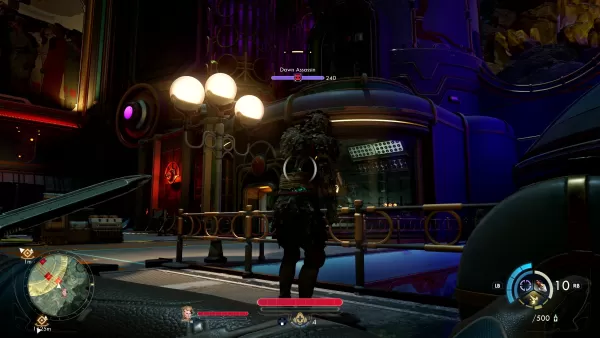
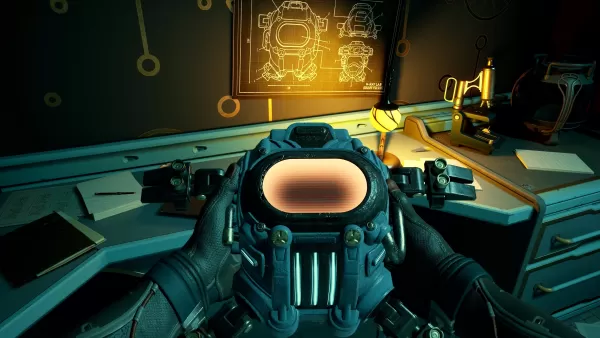
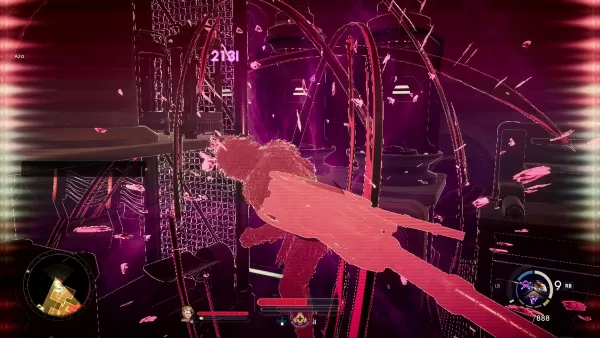
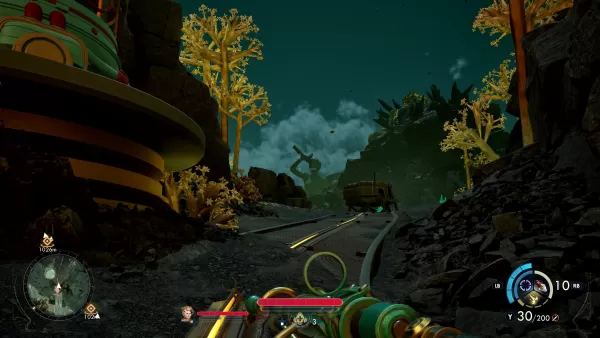
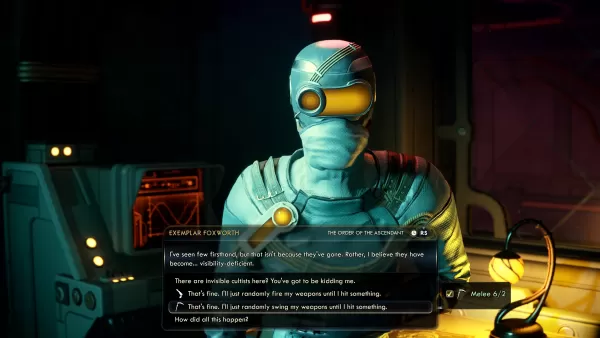
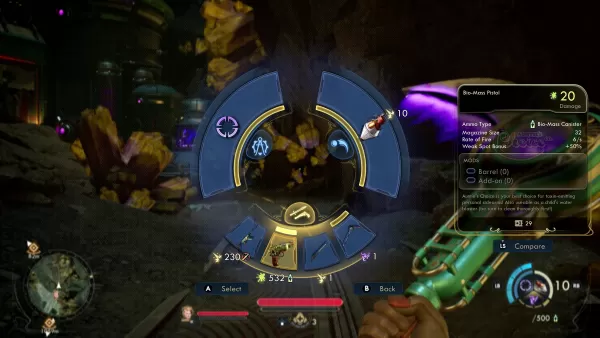
The revamped Flaws system, which I'll cover more extensively in a future article, adds another layer of depth. It now dynamically offers Flaws based on player behavior, with both positive and negative effects, requiring players to make strategic choices about their character's development.
Guiding Players and Ditching Respec
With the increased complexity, Obsidian aims to make the game's mechanics clear and accessible. "Right from the get-go, from character creation, we really wanted to put in the forefront what are the differences of these skills and what they do," Koenig said, mentioning in-game explanations and UI elements like short tutorial videos and the ability to mark Perks as favorites for planning builds.
However, Obsidian has removed the option to respec after the introductory sequence, emphasizing the permanence of player choices. "By removing respec, we really incentivize it to be your experience," Koenig stated, believing this enhances the personal nature of each player's journey. Singh echoed this sentiment, saying, "Philosophy-wise, we really feel all of your choices should matter. They should be meaningful changes to your gameplay experience."
The Outer Worlds 2 challenges players to embrace their choices, experiment with builds, and enjoy the unique gameplay experiences that result, making every playthrough a personal and meaningful adventure.

 Latest Downloads
Latest Downloads
 Downlaod
Downlaod

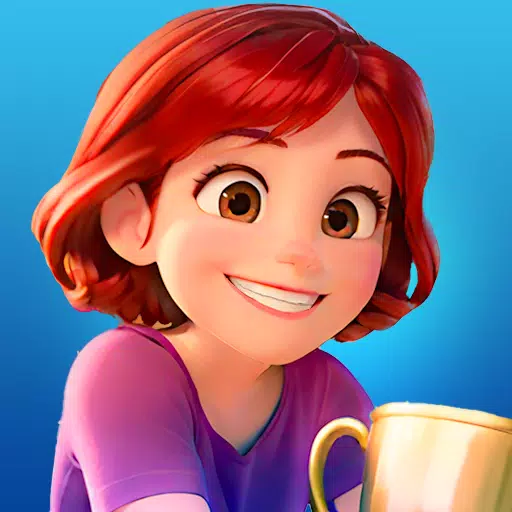
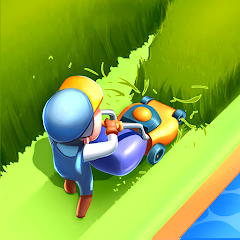

 Top News
Top News
